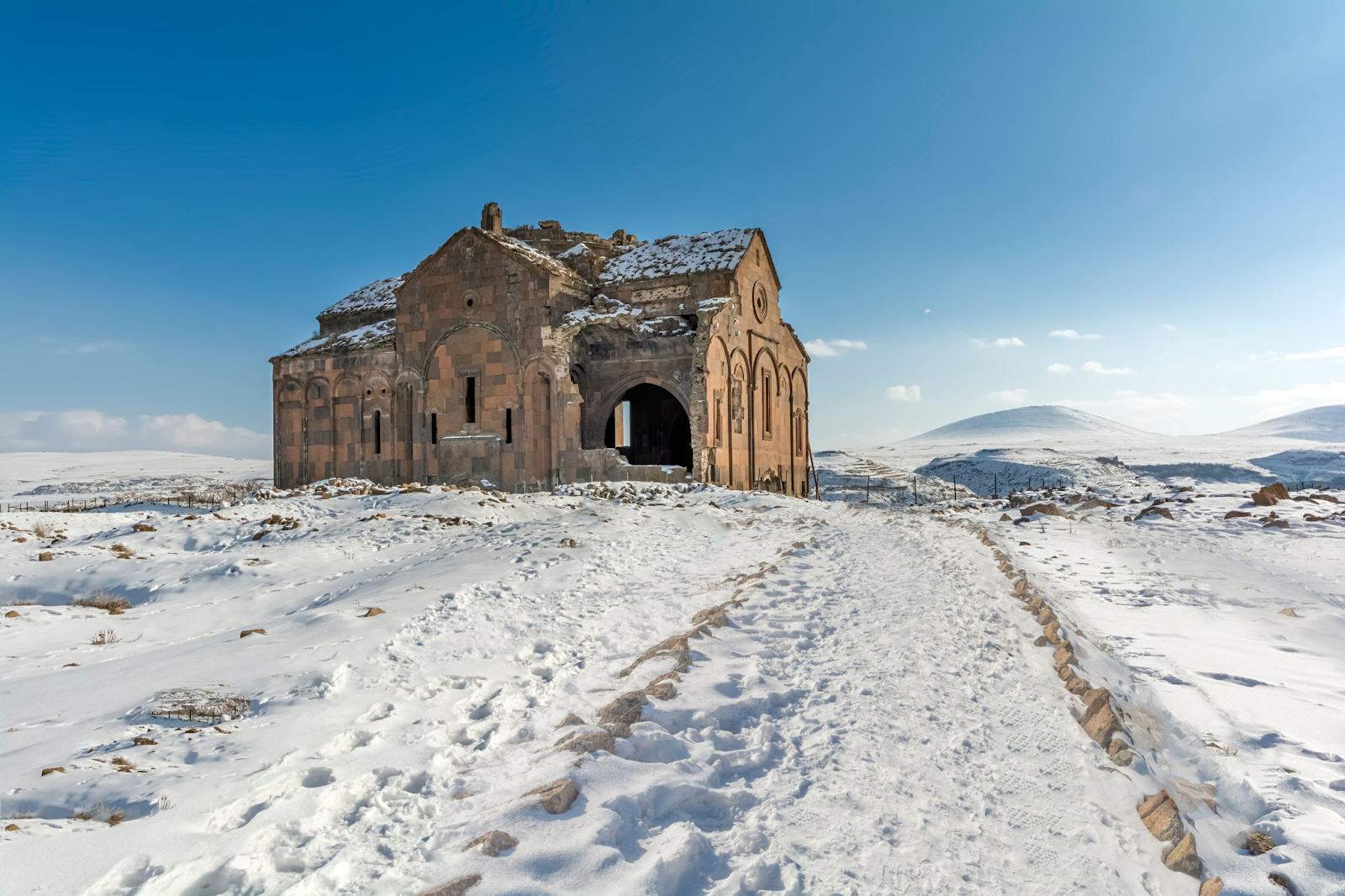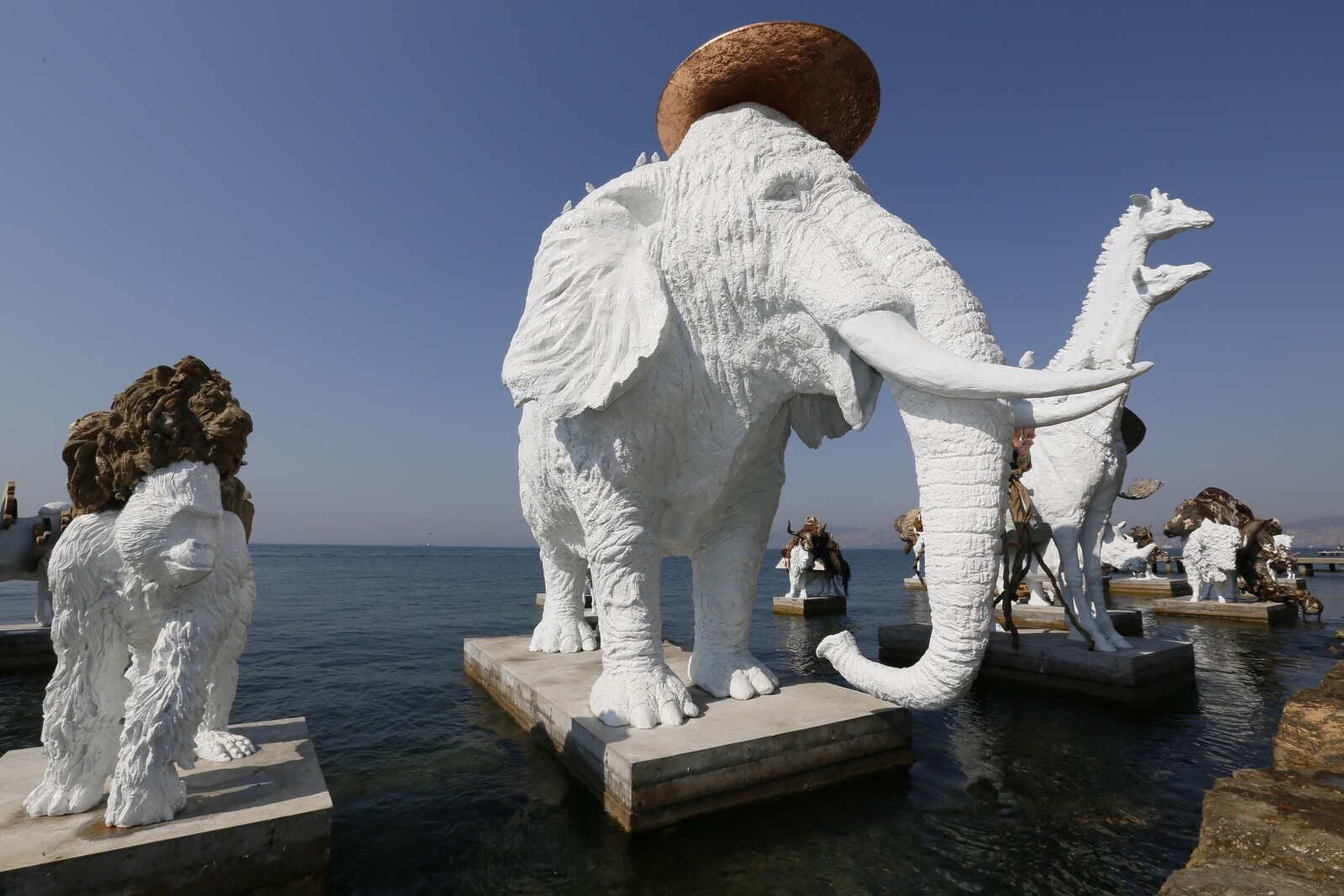Discover Turkey’s Hidden Gems: Ani and Pamukkale

Turkey, a country straddling two continents, is renowned for its rich history, cultural diversity, and breathtaking landscapes. While cities like Istanbul and Cappadocia often steal the limelight, Turkey harbors numerous hidden gems that deserve just as much attention. Among these are the medieval city of Ani and the stunning travertine terraces of Pamukkale, both of which offer unique beauty and historical significance.
The Medieval Marvel of Ani
Located near Turkey’s border with Armenia, Ani was once a bustling medieval trading center. Known as the “City of 1,001 Churches,” the ruins of Ani are a testament to its glorious past. Founded in the 5th century, Ani flourished during the 10th and 11th centuries as the capital of the Armenian kingdom of Bagrati. The city attracted merchants, artisans, and scholars from across the world, making it a vibrant hub of commerce and culture.
Ani is famed for its impressive architecture, including churches, palaces, and defensive city walls. Visitors to Ani can explore the remains of these structures, each telling a story of its prosperous history. One notable site is the Cathedral of Ani, designed by the renowned architect Trdat and completed in 1001. The cathedral is a masterpiece of Armenian architecture, showcasing intricate stonework and a majestic dome.
Another key attraction is the Church of St. Gregory of Tigran Honents, adorned with frescoes depicting biblical scenes. The city’s architectural diversity reflects influences from the Byzantine, Georgian, and Seljuk eras, making Ani a captivating destination for both history enthusiasts and architecture lovers.
Pamukkale: Turkey’s Natural Wonder
On the opposite side of the country, in southwestern Turkey, lies Pamukkale, an awe-inspiring natural wonder. Famous for its white travertine terraces, Pamukkale is a UNESCO World Heritage Site that draws visitors from around the globe. The terraces are formed by calcium carbonate deposits from hot springs flowing down the mountainside, creating pools that sparkle in the sunlight like a frozen waterfall.
Visitors to Pamukkale can walk along the terraces, dip their feet in the warm mineral-rich waters, and take in the extraordinary views. Adjacent to Pamukkale lies Hierapolis, another UNESCO World Heritage Site. Founded in the 2nd century BC, Hierapolis was a thriving spa city known for its thermal baths and healing waters. Its well-preserved ruins include the Great Theatre, Necropolis, and the Temple of Apollo.
Since ancient times, the Romans and Byzantines flocked to Hierapolis to bathe in its therapeutic waters, believed to cure a wide range of ailments. Today, modern spa facilities at Pamukkale allow visitors to experience the healing properties of these waters firsthand.
Tours to Turkey’s Hidden Gems
For those eager to explore these two incredible destinations, Leteast offers specialized tours that provide deep insights into the history, culture, and beauty of Ani and Pamukkale. Led by expert guides, these tours enhance the travel experience with in-depth information about each site’s significance. Leteast works closely with local communities to ensure that tourism supports regional development while preserving cultural heritage.
Whether you are walking through the ancient streets of Ani or soaking in the warm waters of Pamukkale, Leteast’s commitment to responsible and eco-friendly tourism ensures a fulfilling and sustainable travel experience.
A Journey Beyond the Ordinary
From the ancient ruins of Ani to the mesmerizing travertine terraces of Pamukkale, Turkey’s hidden gems offer unforgettable experiences for those seeking more than traditional tourist attractions. Discovering these sites with Leteast’s attention to detail and cultural preservation makes for a truly enriching journey.







